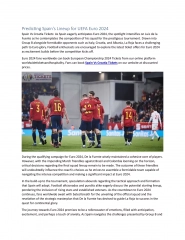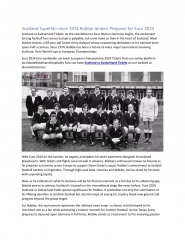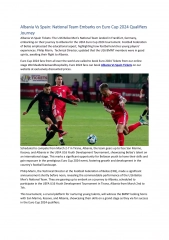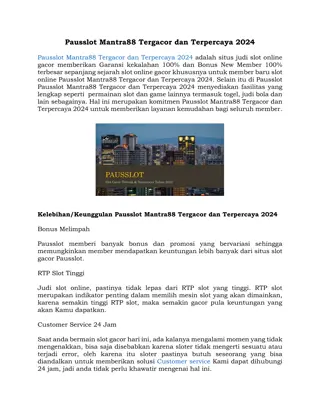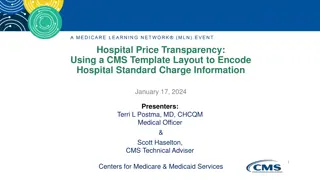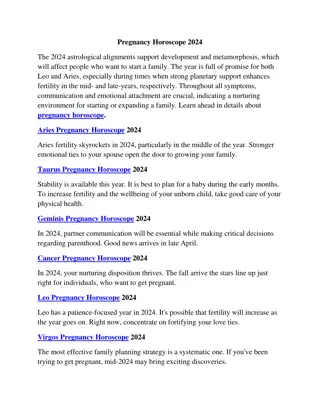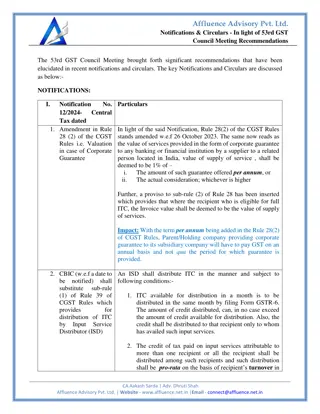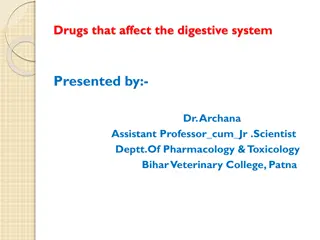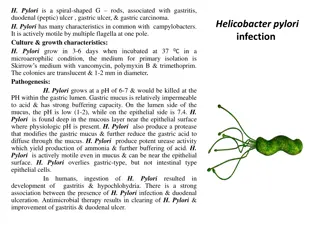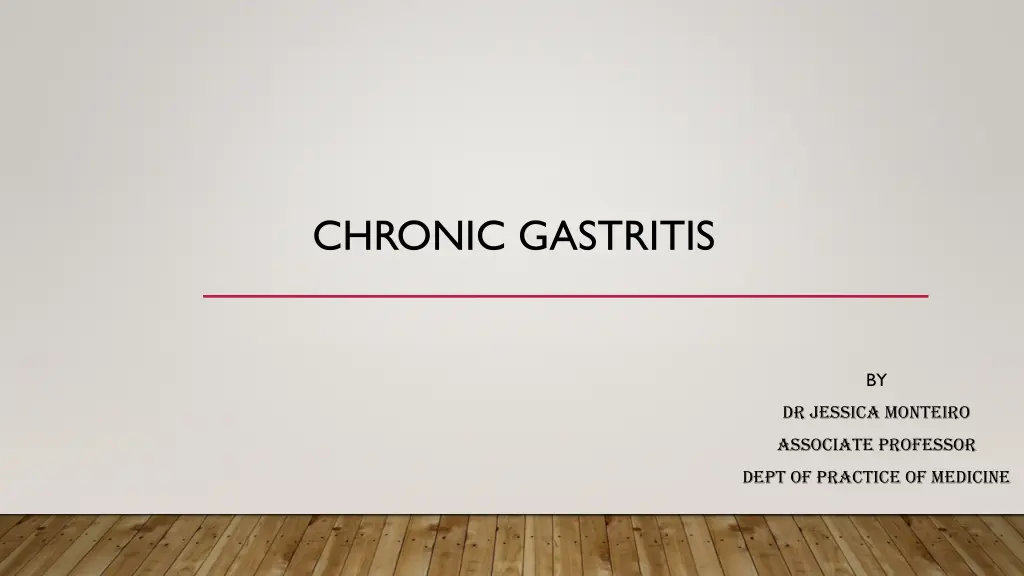
Understanding Chronic Gastritis: Causes, Symptoms, and Treatment
Chronic gastritis is a condition characterized by chronic inflammation of the stomach lining, leading to symptoms such as nausea, vomiting, and abdominal pain. This article discusses the definition, causes, clinical features, and treatment options for chronic gastritis, including different types and potential complications. Learn more about this condition to better understand its impact on your health.
Download Presentation

Please find below an Image/Link to download the presentation.
The content on the website is provided AS IS for your information and personal use only. It may not be sold, licensed, or shared on other websites without obtaining consent from the author. If you encounter any issues during the download, it is possible that the publisher has removed the file from their server.
You are allowed to download the files provided on this website for personal or commercial use, subject to the condition that they are used lawfully. All files are the property of their respective owners.
The content on the website is provided AS IS for your information and personal use only. It may not be sold, licensed, or shared on other websites without obtaining consent from the author.
E N D
Presentation Transcript
CHRONIC GASTRITIS BY DR JESSICA MONTEIRO ASSOCIATE PROFESSOR DEPT OF PRACTICE OF MEDICINE
OBJECTIVES Defination Causes Clinical features Treatment
. Chronic inflammation of gastric mucosa, characterized by presence of lymphocytes & plasma cells.
Symptoms are less severe than acute gastritis but are more prominant Nausea, Vomiting Abdominal Pain Hematemesis is uncommon
Types of Chronic Gastritis Type A- Autoimmune mediated chronic gastritis-Body & Fundus Type B- H. pylori related- Antrum Type AB- Combination of H. pylori + Dietary Factors- Antral & Body
Chronic gastritis is caused by two basic etiology Infection with Helicobacter pylori Auto-immune disease (10% of total cases) Other causes includes- Radiation Injury, Chronic bile reflux, Chemotherapy, Mechanical Injury
Causes Poverty Crowded population Rural area Transmission Fecal-oral route
Pathogenesis H. pylori is best suited to gastric mucosa as it have certain modifications Flagella- Movement in viscous mucus Urease- Generate ammonia & CO2- elevates pH by stimulating gastrin Adhesion- enhances adhesion to surface Toxin- Cytotoxin associated gene A (cag A)- disease progression
When inflammation remains limited to antrum, increased acid production results in increase risk of duodenal peptic ulcer. But in some patients Ch. Gastritis may involve body & fundus producing multifocal atropic gastritis resulting in dec. perital cell mass & dec. acid secretion & there occurs intestinal metaplasia causing Gastric adenocarcinoma.
Investigations Urea breath test Fecal bacterial detection Serological test for antibodies to H. pylori Biopsy


